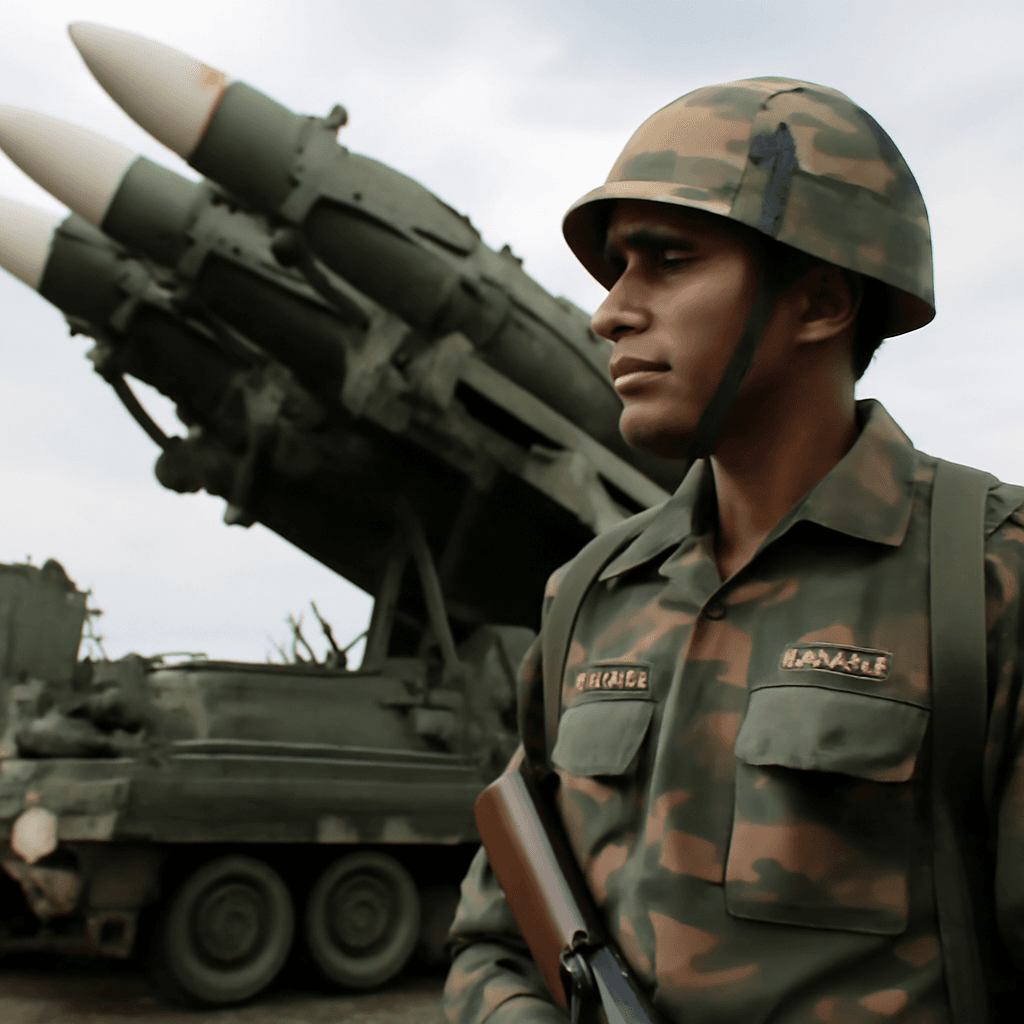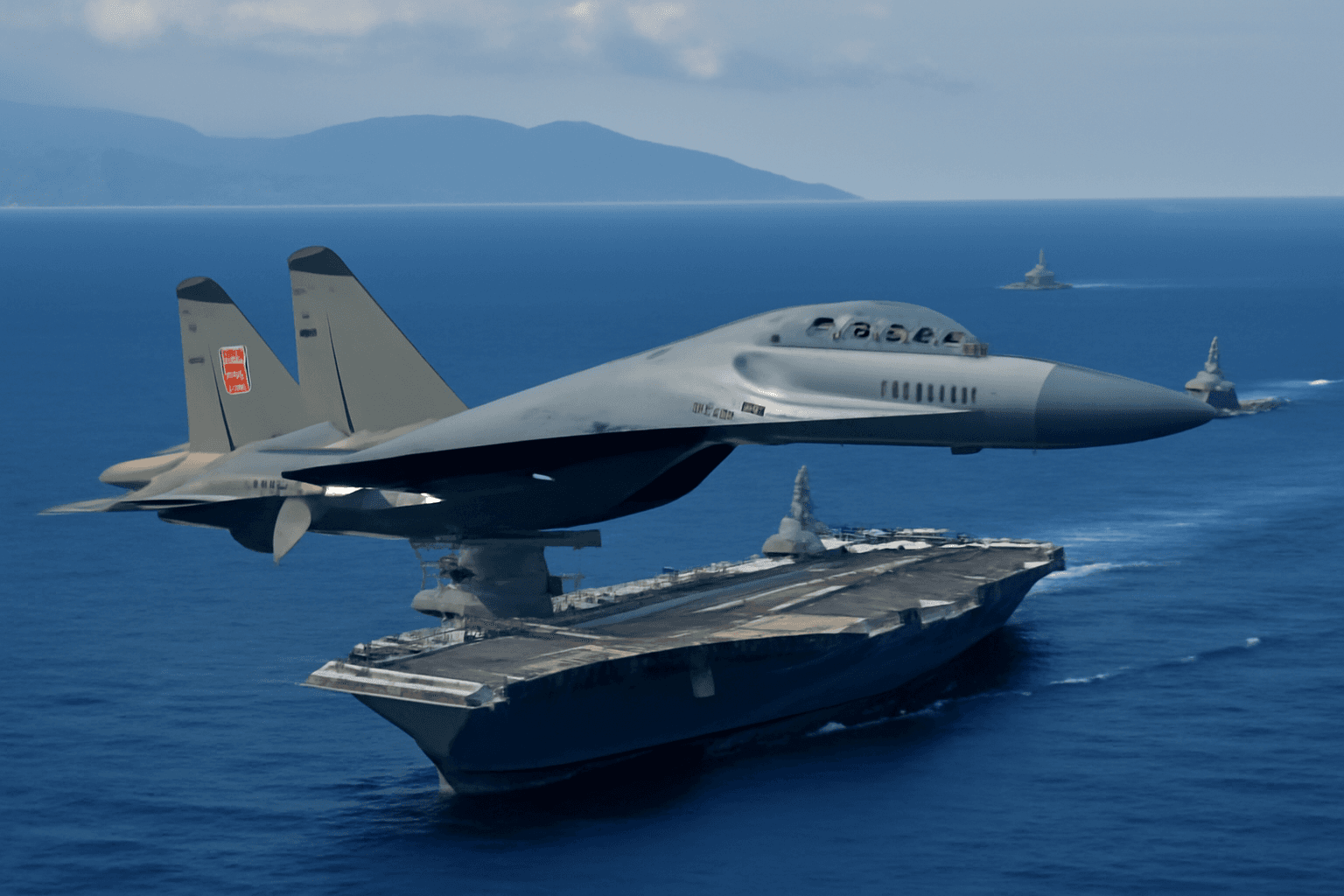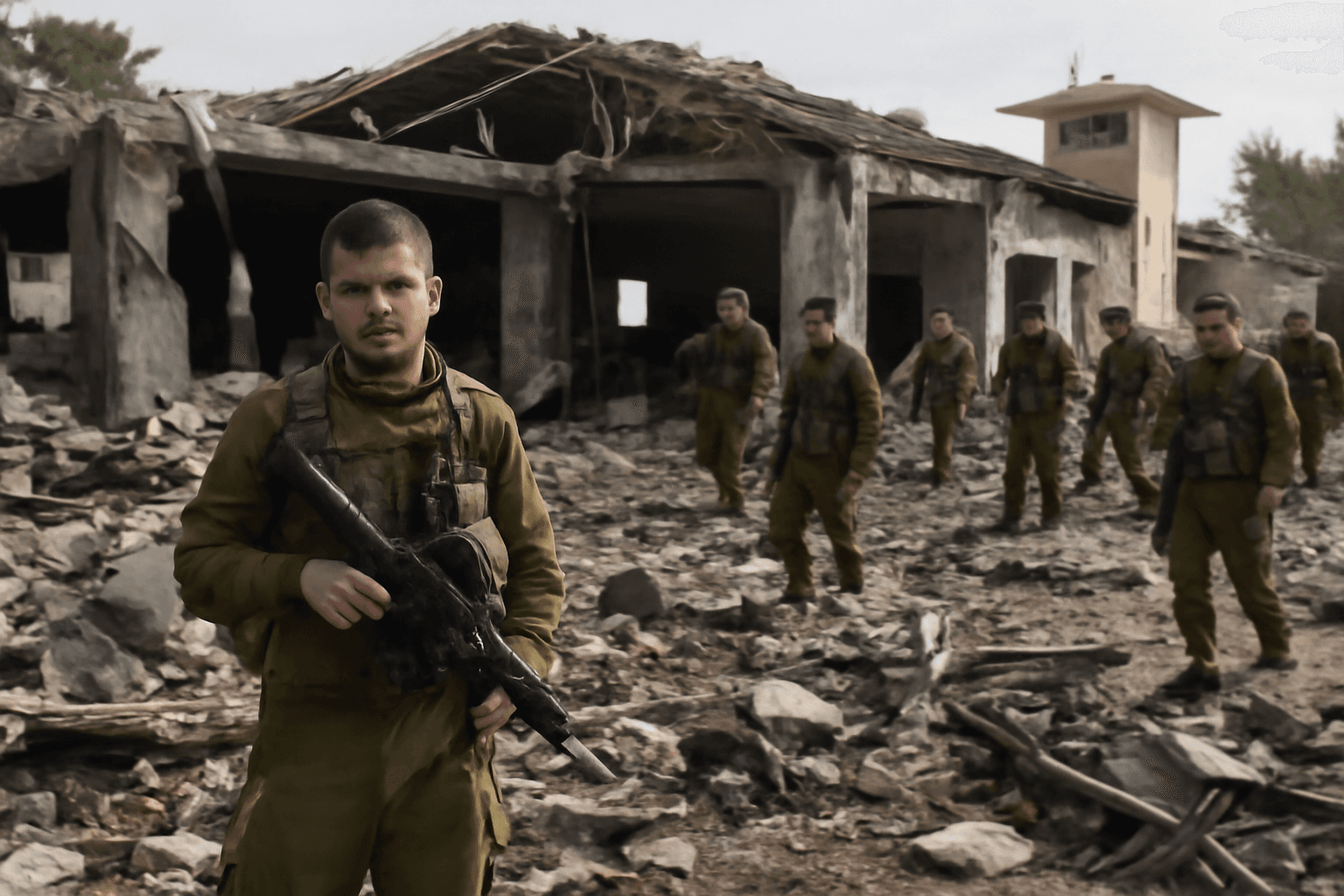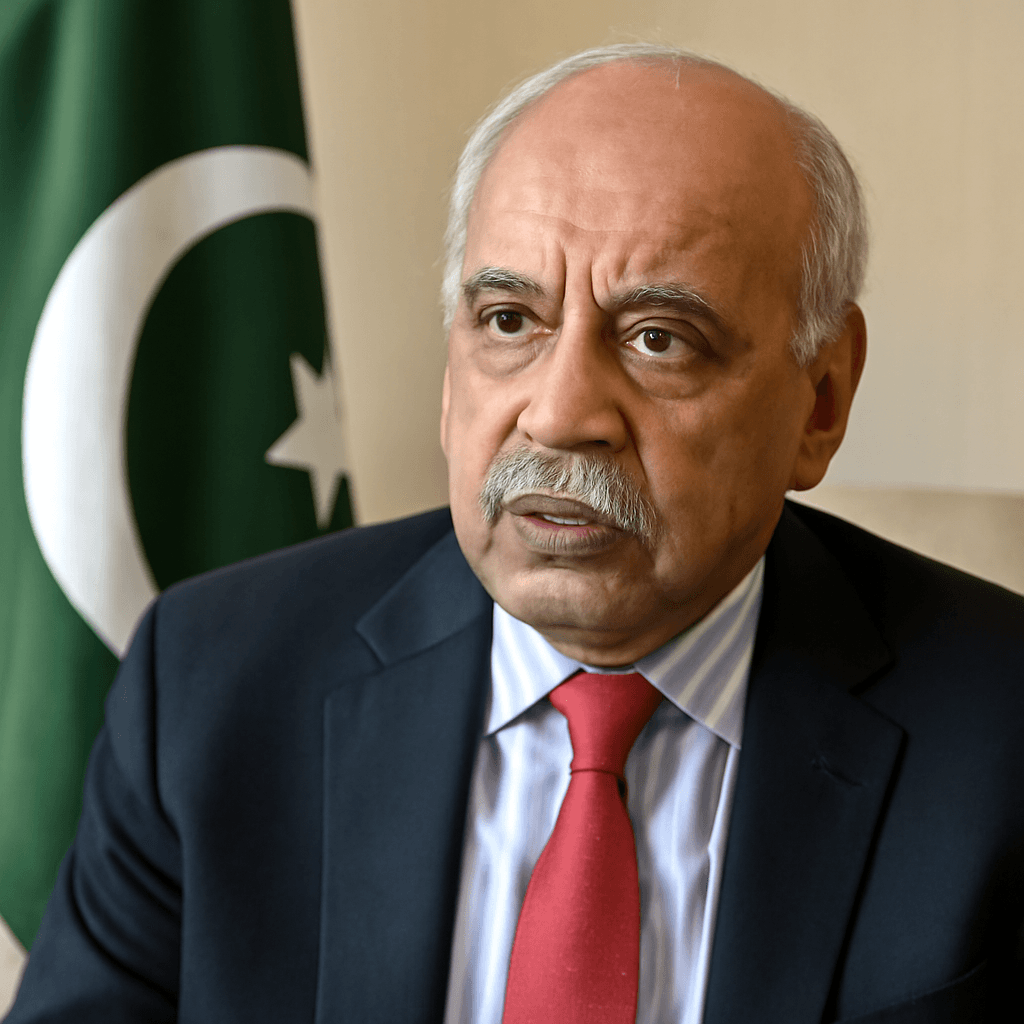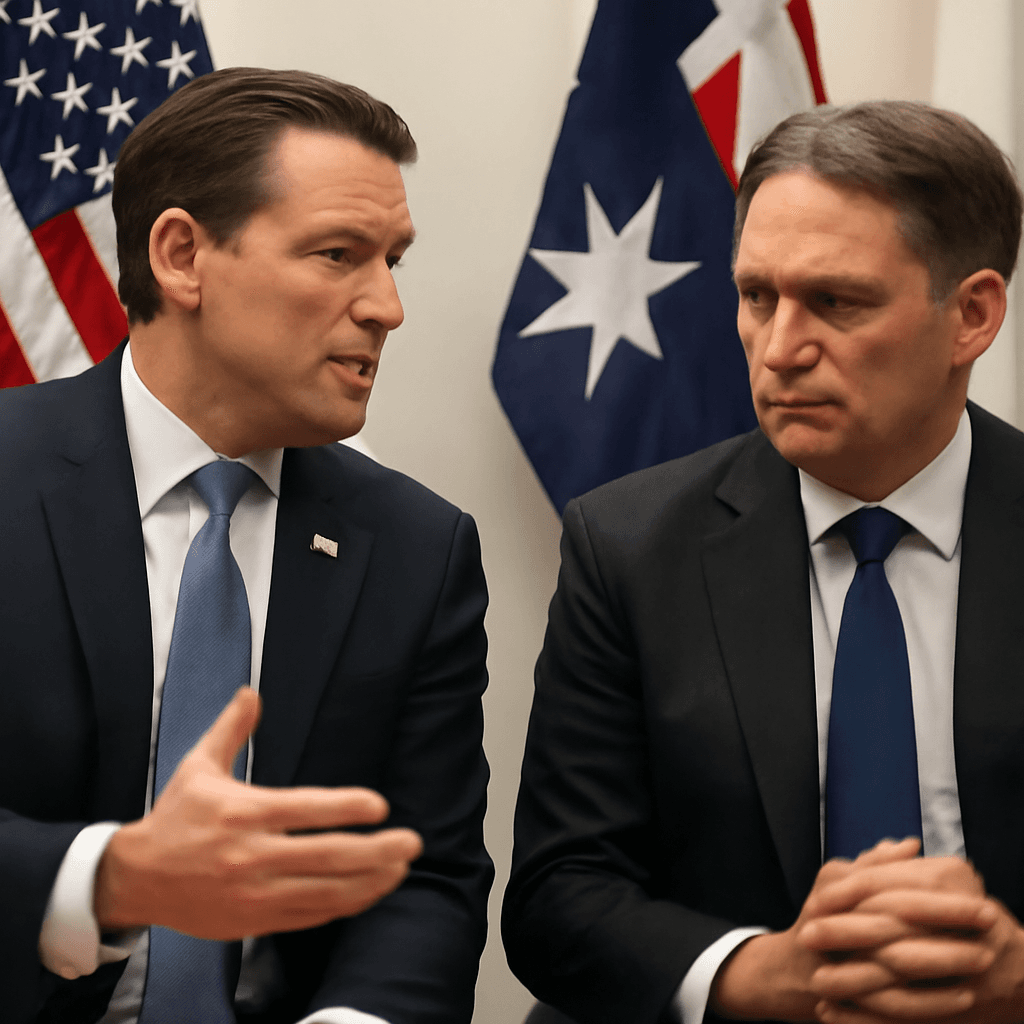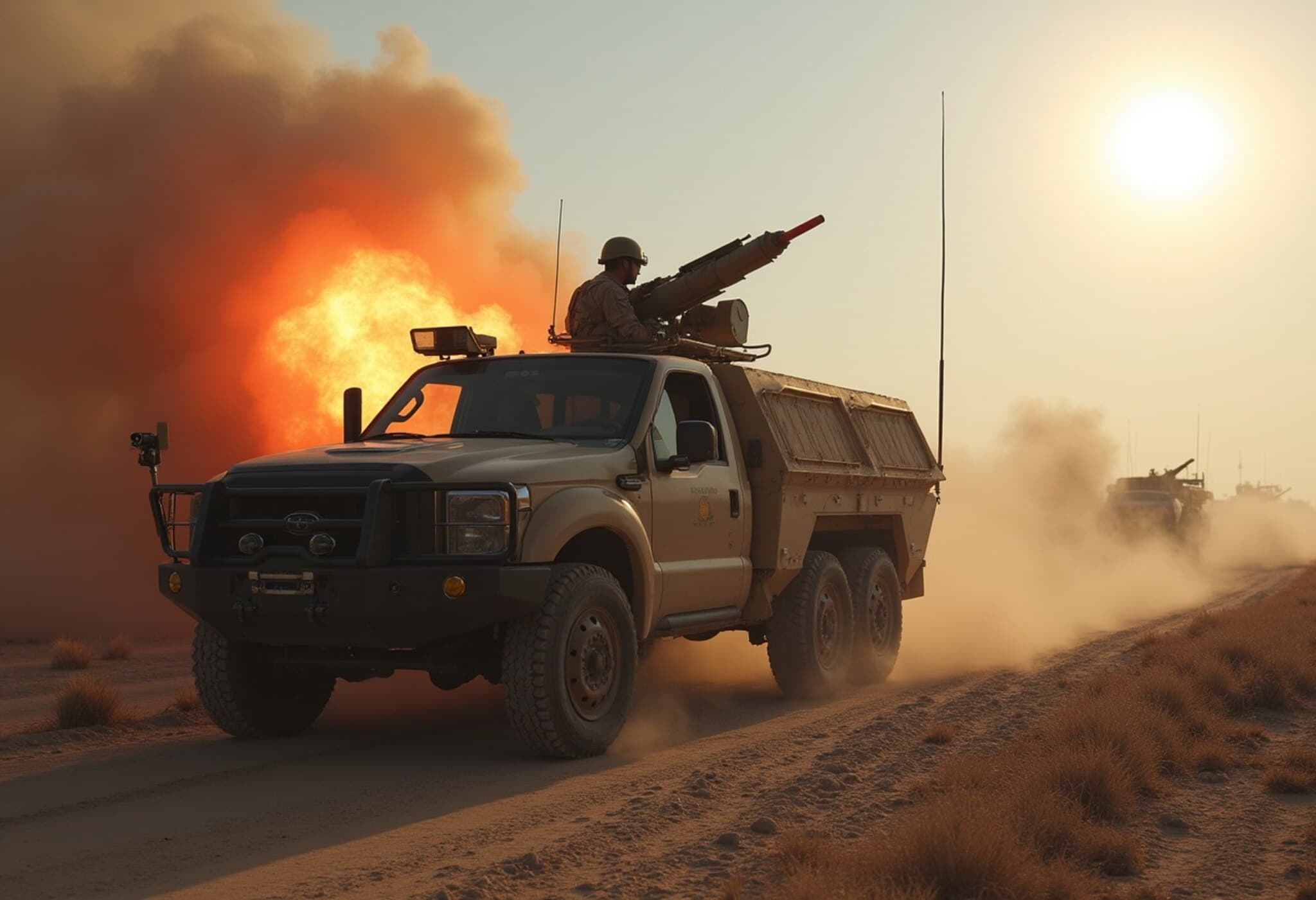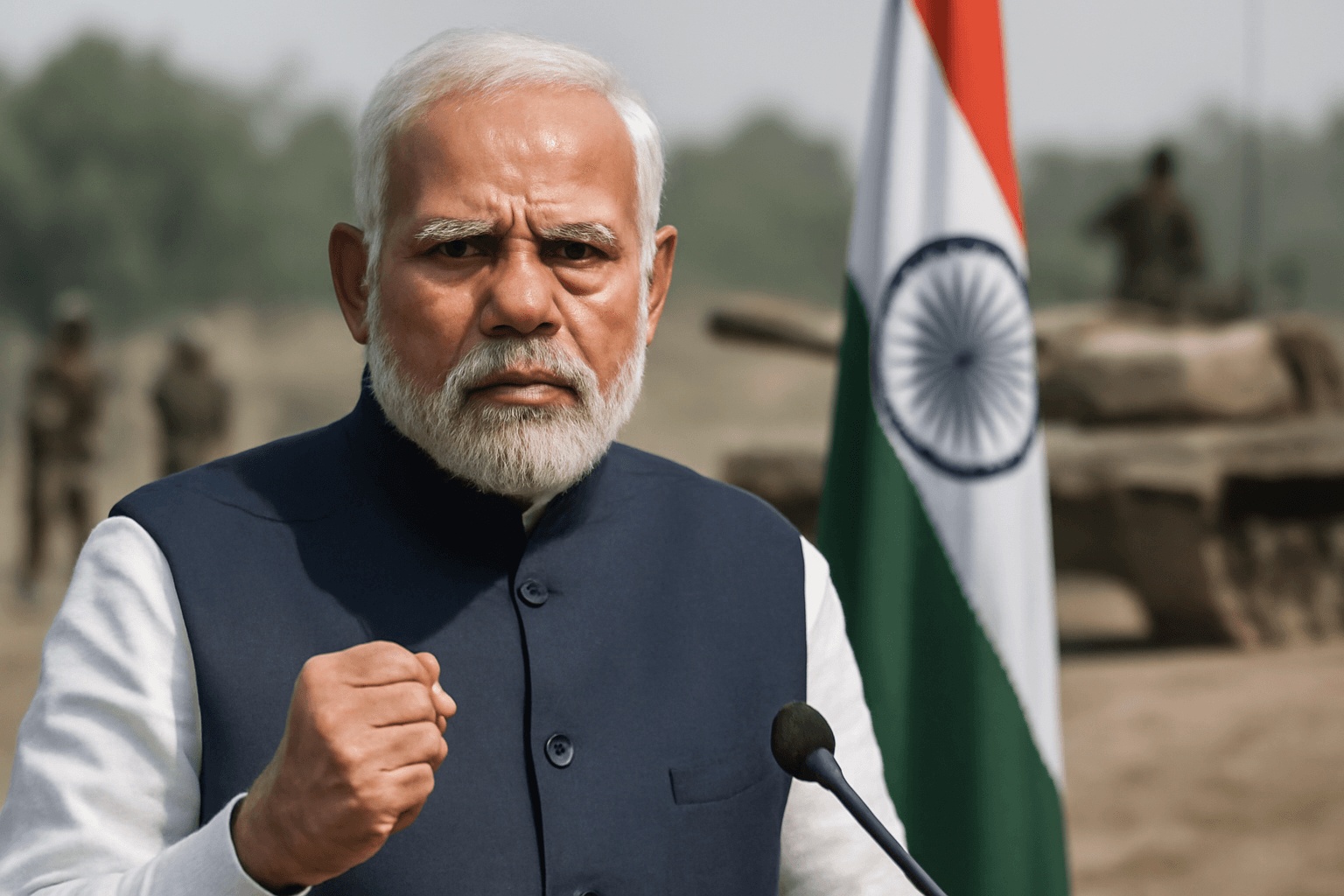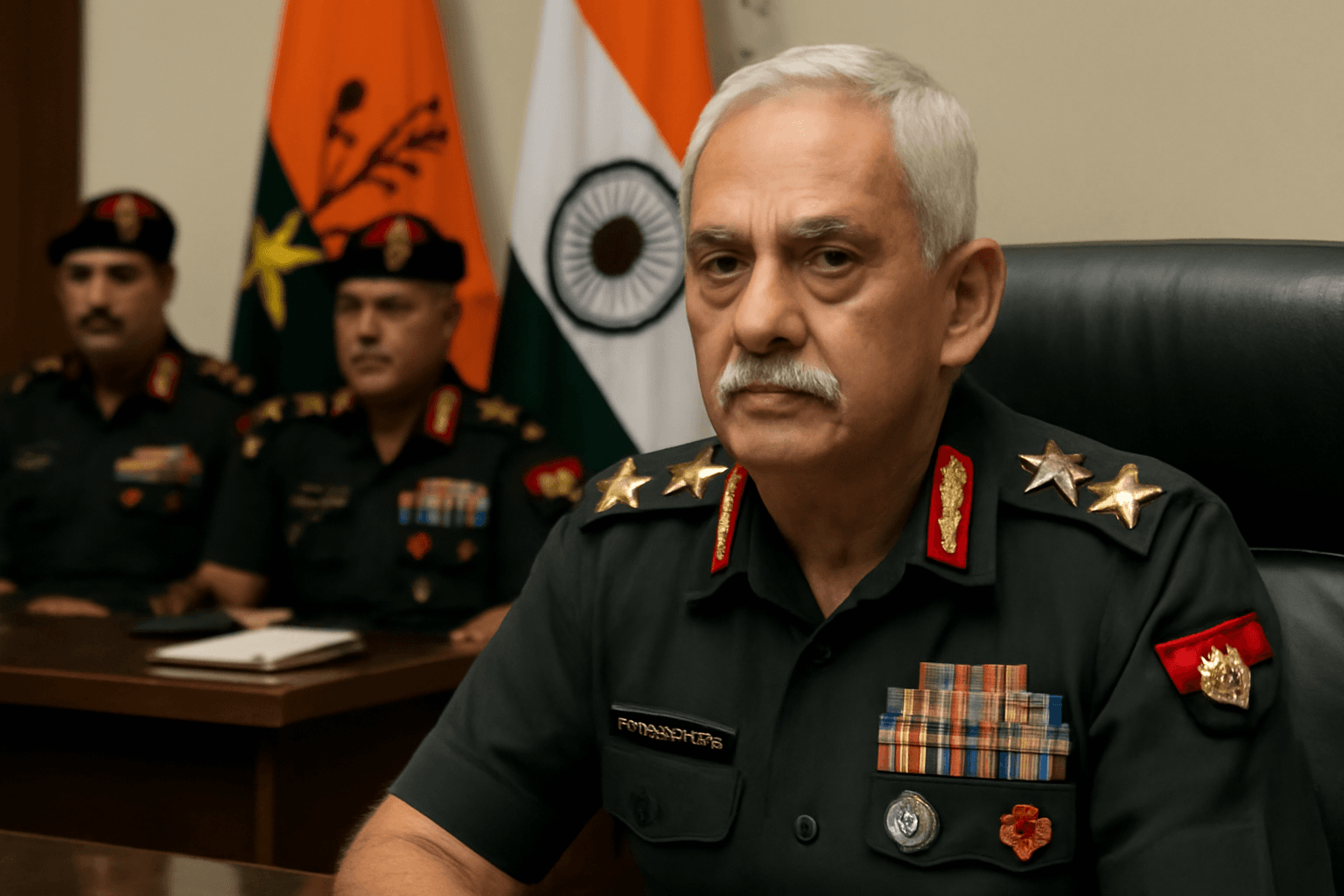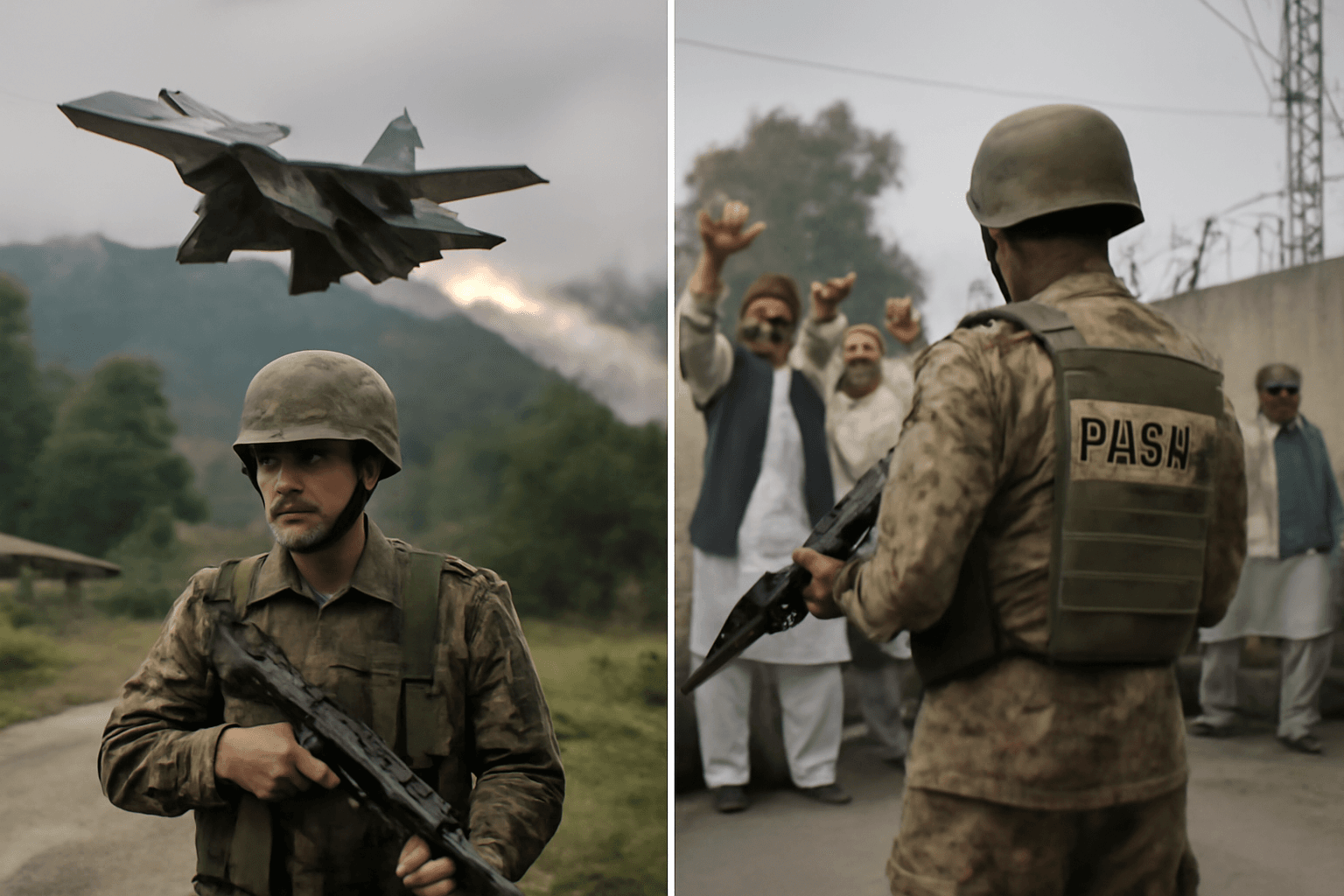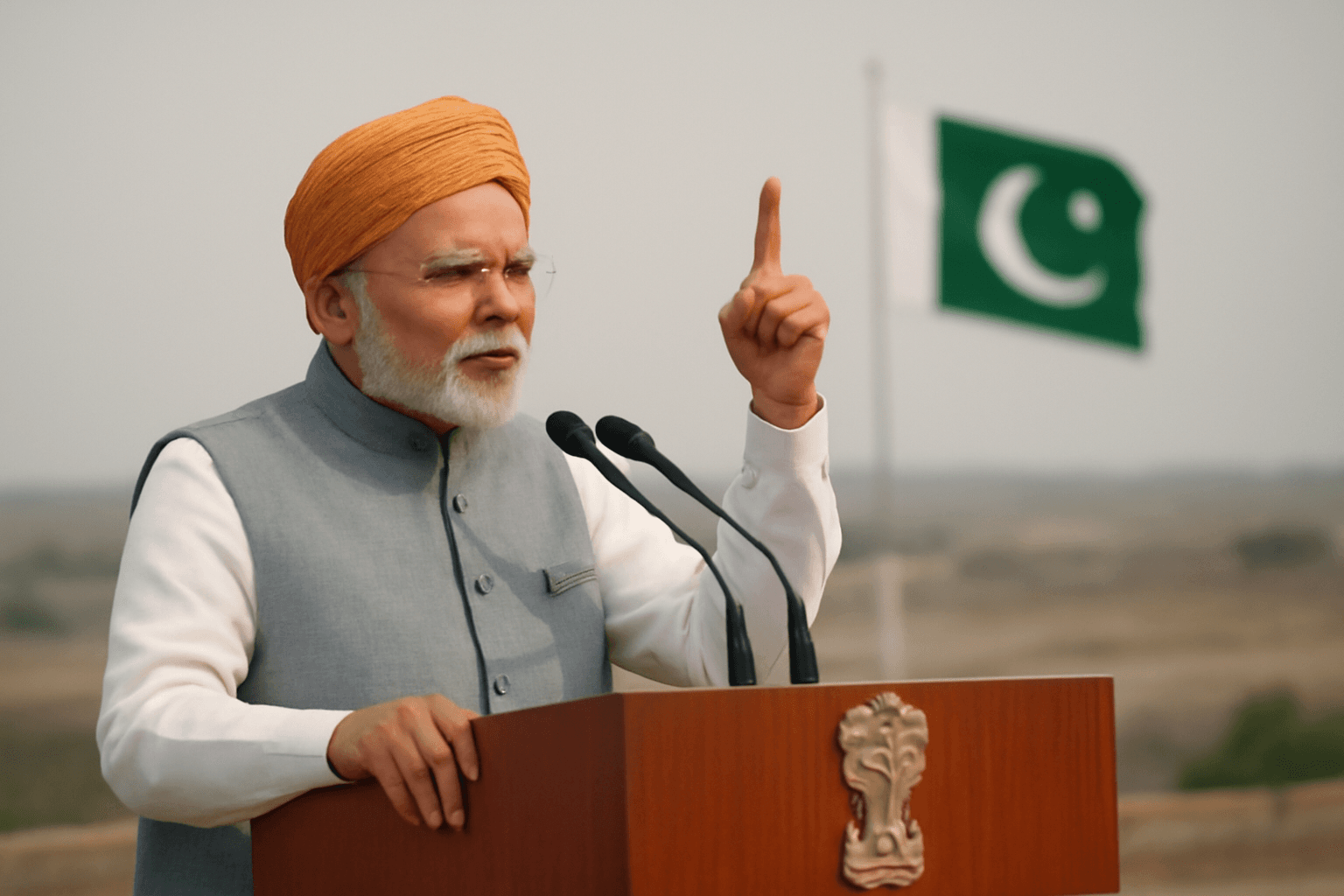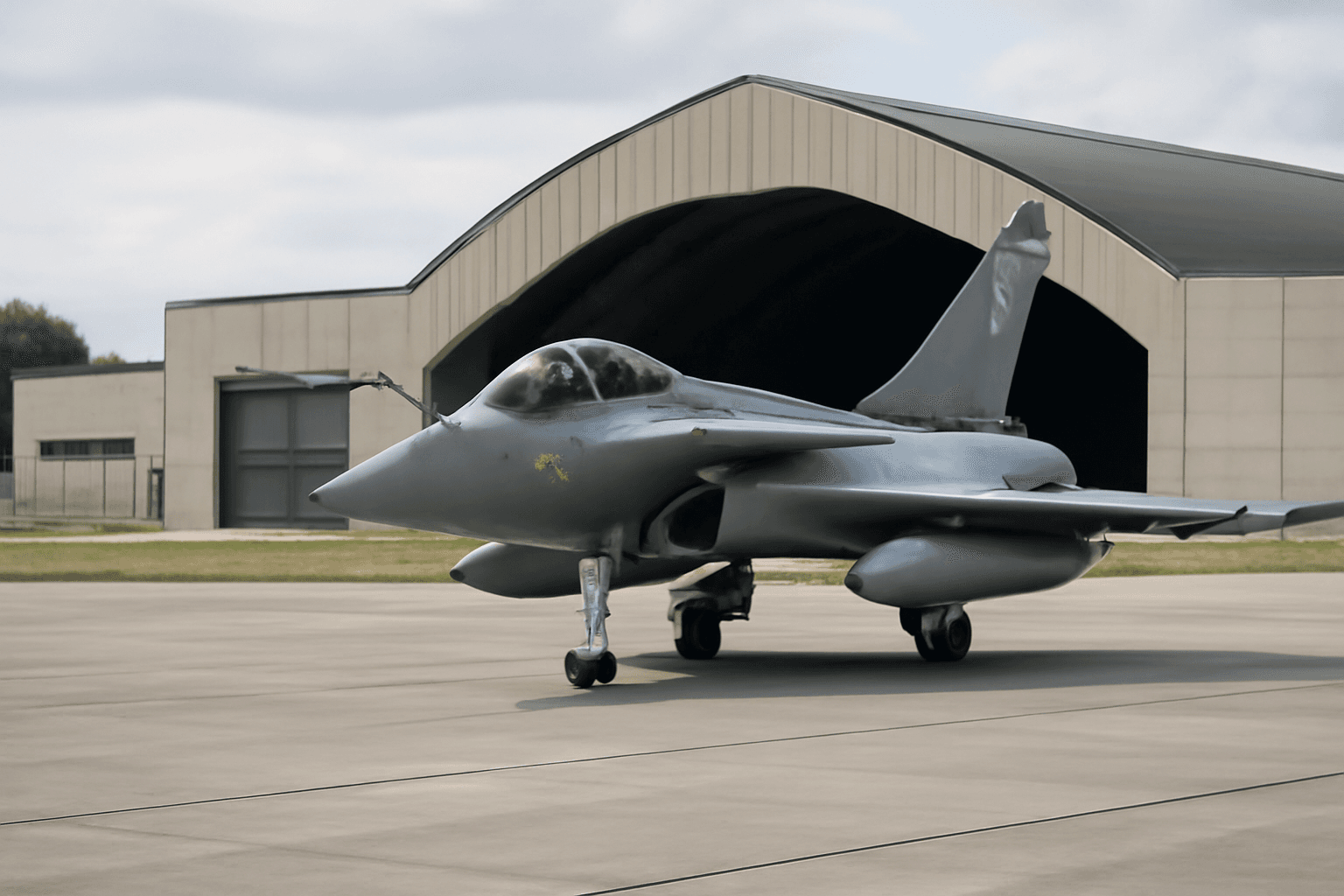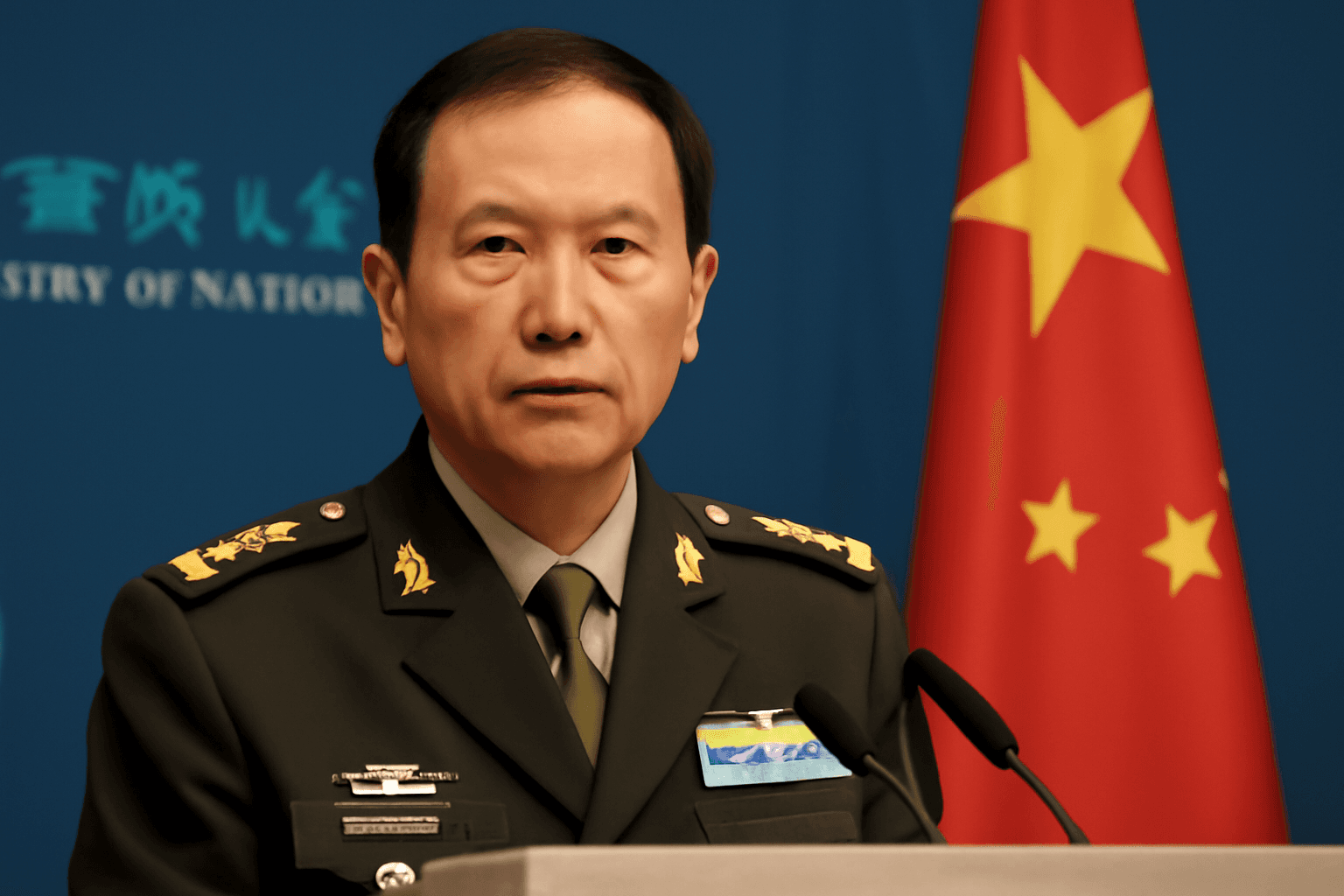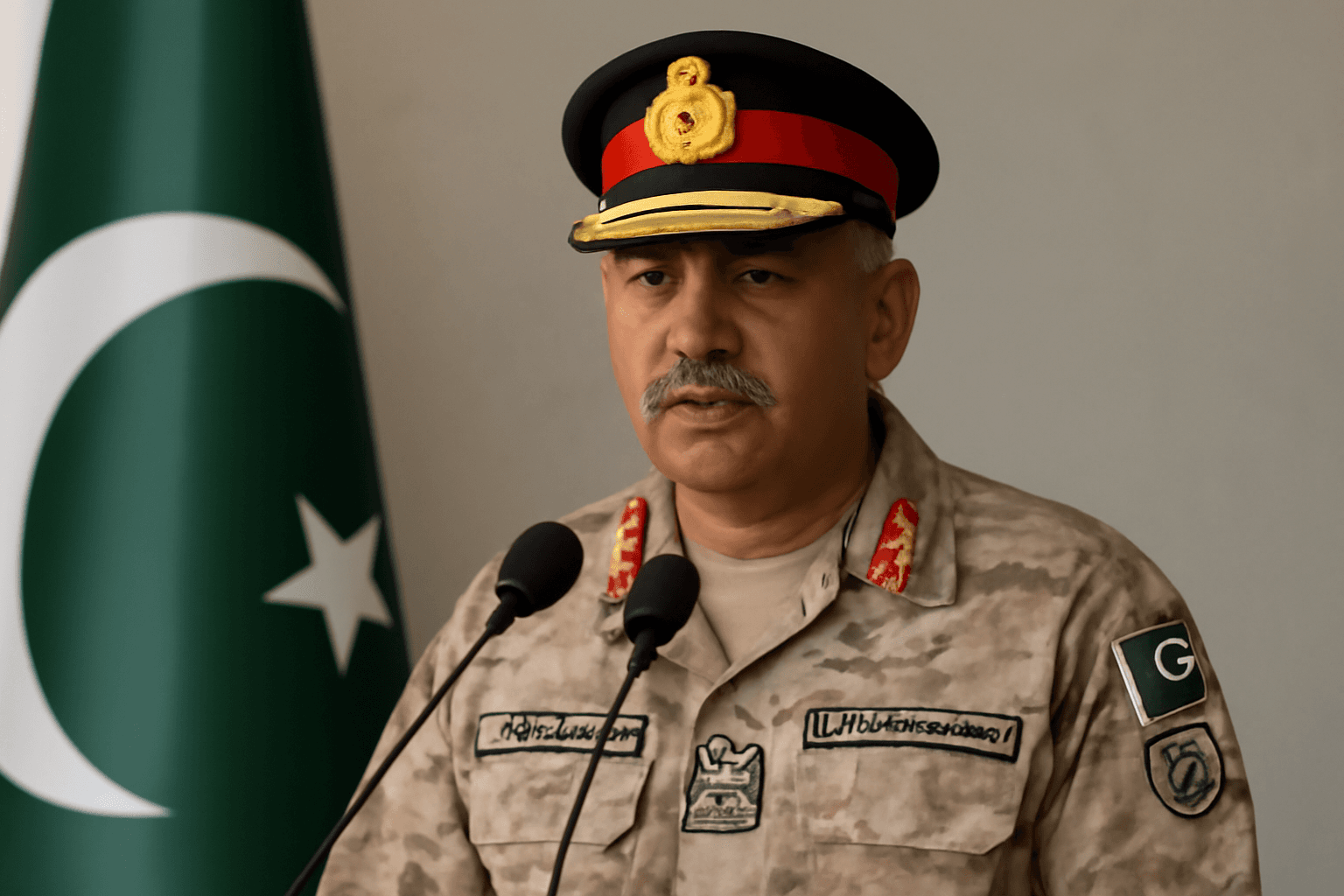Introduction to Army Air Defence's Enhanced Role
The Corps of Army Air Defence (AAD), a relatively young branch of the Indian Army, has gained significant recognition following its critical role in Operation Sindoor. Collaborating closely with the Indian Air Force, the AAD effectively intercepted Pakistani missiles and drones, bringing long-overdue acknowledgment to the corps.
Historical Origins and Evolution
The origins of Army Air Defence trace back to World War II, during which air defence units were first deployed in regions such as Bengal and Assam to defend key cities and ports from Japanese aerial threats originating from Burma.
Official records mark September 15, 1940, as a seminal date with the establishment of the Number 1 Anti Aircraft Training Centre in Colaba, completed by January 1941 in Karachi. Initially integrated within the Regiment of Artillery, the AAD was formally separated as a distinct corps in the mid-1990s.
World War II Deployments
In February 1942, the first Indian Anti-Aircraft Brigade was established to command anti-aircraft units in Calcutta, led by Brigadier G P Thomas. Transformations included infantry battalions converting to anti-aircraft roles—for example, the 8th Battalion, 7th Rajput Regiment became the 7th Indian H.A.A. Regiment. Similarly, the 9th Battalion of the 6th Rajputana Rifles was converted and deployed within a second brigade covering Calcutta and Bengal areas.
These units played a defensive role throughout the wartime period, with strategic coverage of vital airfields and cities until the war's end.
Role in Post-Independence Conflicts
Subsequently, the AAD actively contributed during the 1965 and 1971 conflicts with Pakistan, protecting airfields and critical infrastructure. Despite their contributions, the corps historically received limited emphasis in terms of strategic importance or resource allocation.
Modernization and Strategic Significance
Recent years have witnessed upgrades in equipment and the adoption of new weapon systems within the Corps of Army Air Defence. Additionally, military doctrines concerning their operational employment have been revisited to align with contemporary threats.
The appointment of Lt Gen Nav Kumar Khanduri as the first Army Commander from the AAD marked a pivotal step toward recognizing the corps as an essential component of national defence and encouraging career progression for its officers.
Future Outlook amid Emerging Threats
As modern warfare increasingly involves unmanned aerial vehicles and counter-drone measures, the importance of the AAD grows substantially. Its expertise in air defence positions it as a key player in safeguarding the nation's airspace against evolving aerial threats.
Summary of Key Points
- Origins: Dates back to World War II air defence units in India.
- Transformation: Raised as separate corps in the mid-1990s.
- Combat Role: Significant participation in 1965 and 1971 wars.
- Modernization: Equipment upgrades and doctrinal shifts.
- Leadership: Increased representation at higher command levels.
- Strategic Relevance: Vital role in countering drone attacks in contemporary warfare.

